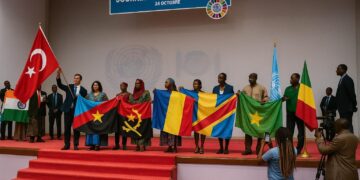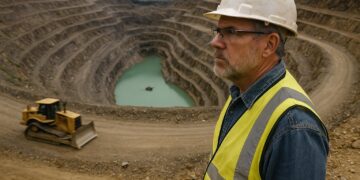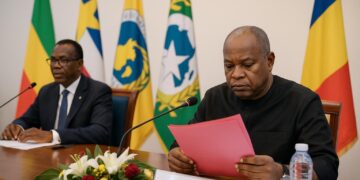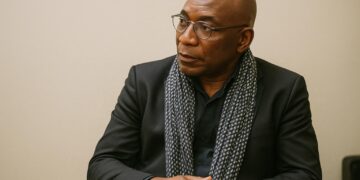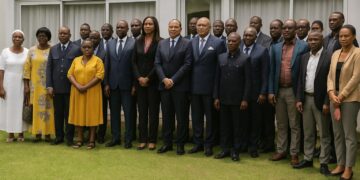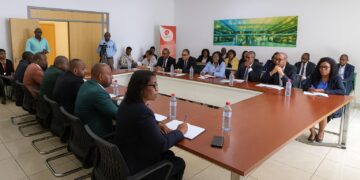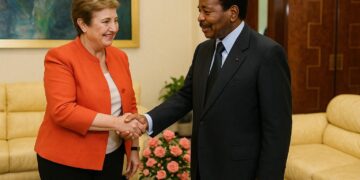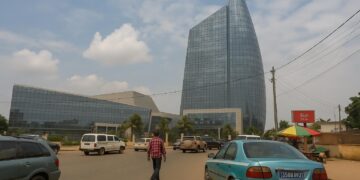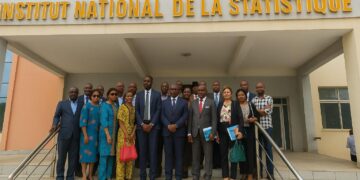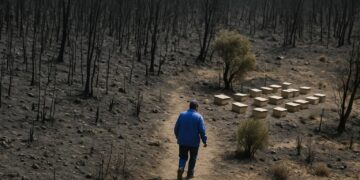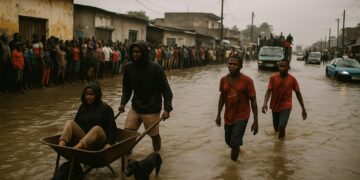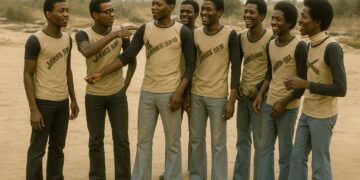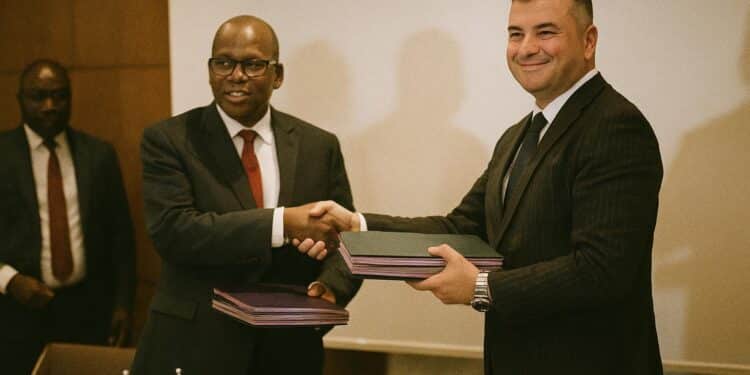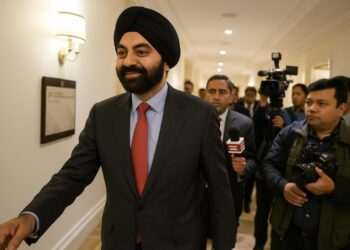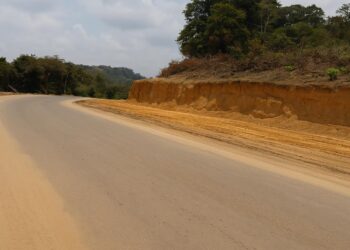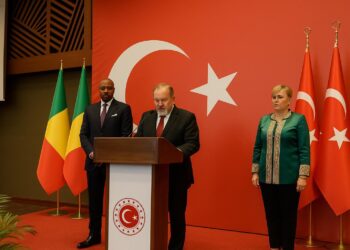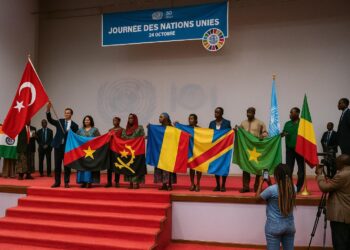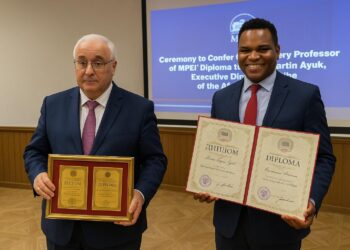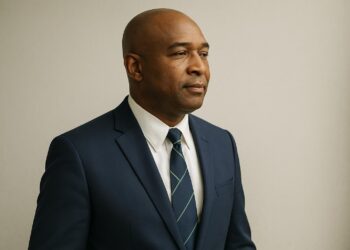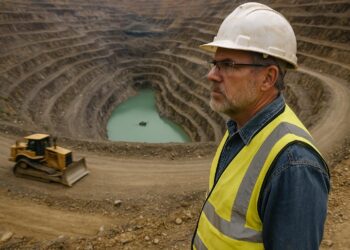Strategic Corridor from Mayoko to the Atlantic
The 510-kilometre track linking the iron-rich highlands of Mayoko-Moussondji to the deep-water port of Pointe-Noire has long been described by Congolese planners as the country’s industrial backbone in waiting. By securing a €737 million modernisation package, the Chemin de fer Congo-Océan (CFCO) and Turkey’s Ulsan Mining have placed this dormant artery at the centre of Brazzaville’s export strategy. According to officials present at the 18 July signing ceremony in the capital, the agreement covers complete track renewal, signalling upgrades and the acquisition of twenty locomotives and more than three hundred wagons (Agence Congolaise d’Information, 19 July 2024).
Financing Mechanics and Turkish Engagement
Ulsan Mining’s commitment forms part of a broader Turkish push across Central Africa, encouraged by Ankara’s EXIM financial instruments and backed politically by President Recep T. Erdoğan. Negotiators familiar with the dossier note that the deal is structured through a mixture of supplier credit and commodity off-take guarantees, limiting the fiscal exposure of the Congolese treasury and aligning repayment with anticipated ore revenues (Reuters, 20 July 2024). CFCO’s director-general Ignace N’Ganga praised the “balanced architecture” of the arrangement, emphasising that state ownership of the rail asset remains intact while operational efficiency should rise markedly once private management standards are introduced on specific segments.
Industrial Spillovers Beyond the Tracks
The rail upgrade is only the first layer of a multi-stage industrial vision. Ulsan Holding has signalled its intent to erect a two-billion-dollar foundry inside the Pointe-Noire Special Economic Zone, turning locally mined ore into semi-finished steel products that could supply regional construction booms from Luanda to Libreville. Government advisers describe the plan as a textbook illustration of President Denis Sassou Nguesso’s call for “local transformation over raw export”, a policy anchor reiterated in the 2022 National Development Plan. Independent economists foresee value-added gains of up to forty percent compared with the shipping of raw ore, in addition to several thousand direct and indirect jobs once the foundry reaches full capacity (Jeune Afrique, 22 July 2024).
Regional Integration and Diplomatic Optics
From a geopolitical angle, the project dovetails with the African Continental Free Trade Area’s objective of knitting mineral-rich interiors to maritime gateways. Pointe-Noire already handles crude oil from offshore blocks; adding bulk steel could reinforce its status as a Gulf of Guinea logistics hub. Diplomats in Brazzaville point out that the rail accord emerged from continuous high-level dialogue between Presidents Sassou Nguesso and Erdoğan, most recently on the margins of the 2023 Türkiye–Africa Partnership Summit. Analysts see a dual dividend: Congo diversifies partnerships beyond its traditional European and Chinese interlocutors, while Turkey amplifies its soft-power narrative of “shared prosperity”.
Balancing Environmental and Social Expectations
Environmental permitting remains a decisive chapter. The Niari corridor traverses ecologically sensitive forest zones, and the Ministry of Environment has pledged “strict adherence to international benchmarks” during construction. Community consultations held in Mossendjo and Moutamba have so far highlighted expectations for upgraded stations, rural electrification and training programmes for youth. Civil-society observers welcome the inclusion of a grievance-redress mechanism in the concession, an instrument modelled on World Bank safeguards yet adapted to local customary norms. While sceptics recall past delays on similar undertakings, the presence of a dedicated escrow account for maintenance is cited as evidence of lessons learned.
Looking Ahead to Sustainable Operations
If the implementation calendar holds, pilot freight runs could start by late 2026, lifting annual ore throughput to seven million tonnes—triple the present capacity. The Ministry of Transport projects an eventual modal shift of twenty percent of heavy cargo from road to rail, lowering carbon emissions and easing wear on national highways. Observers at the African Development Bank argue that such efficiencies, combined with local steelmaking, could raise Congo’s manufacturing share of GDP from 7 percent to nearly 11 percent within a decade (AfDB Data, 2023). Underpinning these forecasts is the conviction that infrastructure, when paired with industrial pragmatism, can translate natural endowments into inclusive growth.




